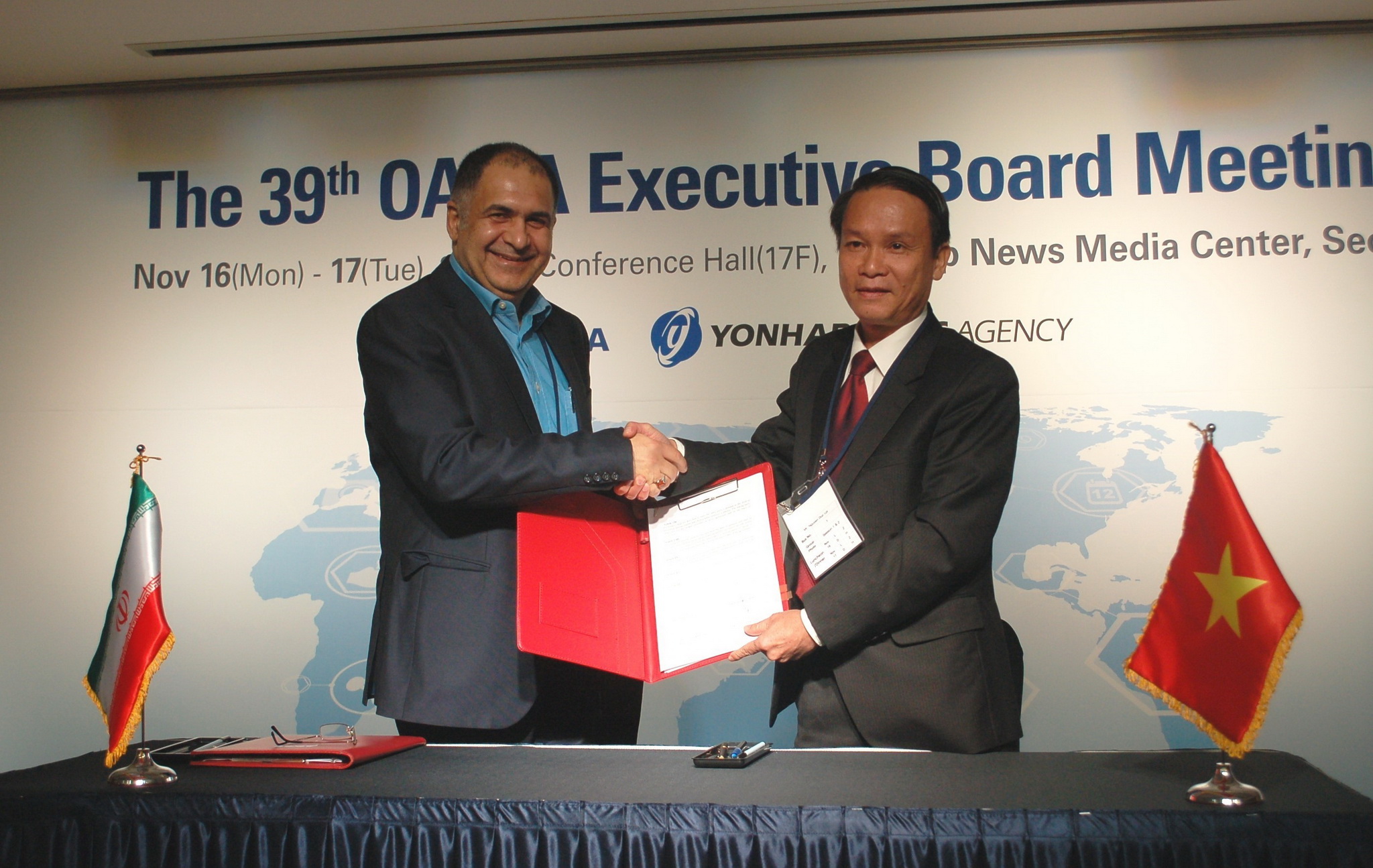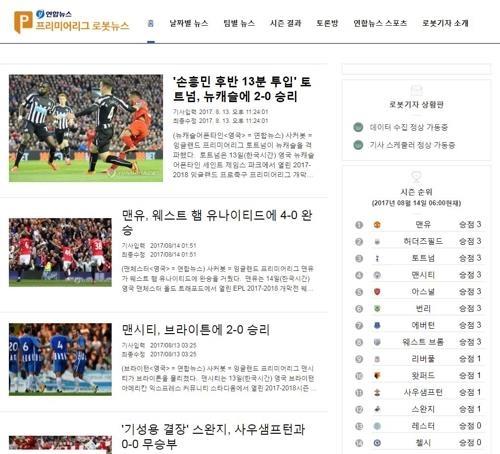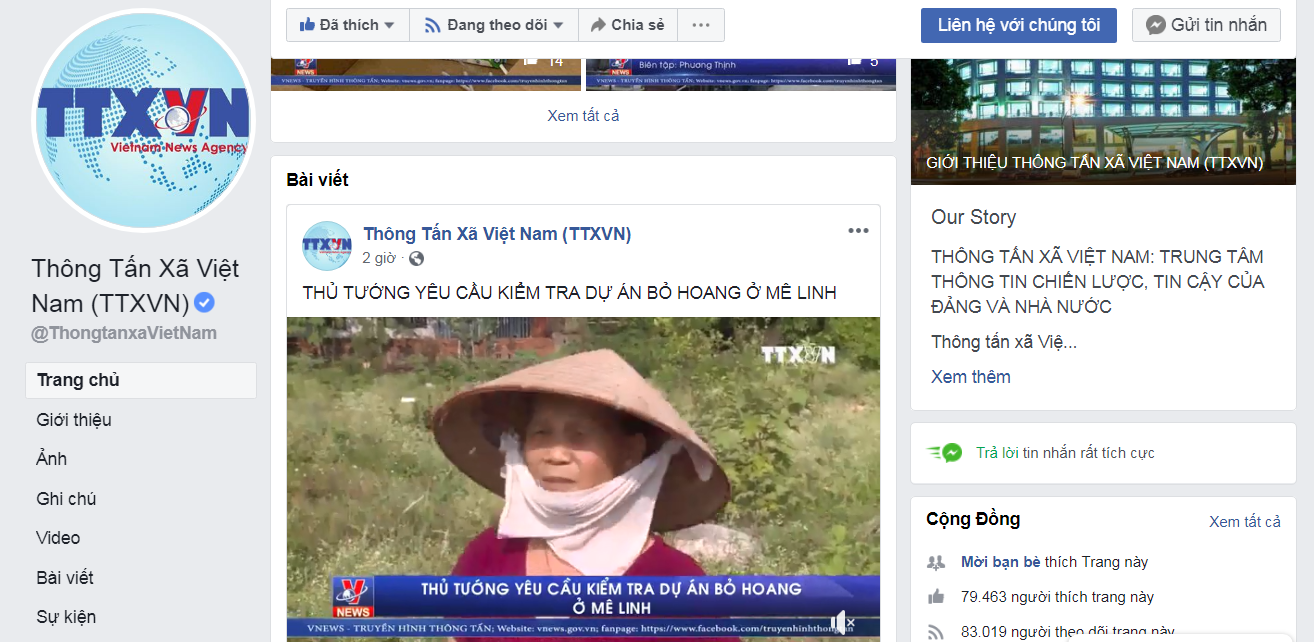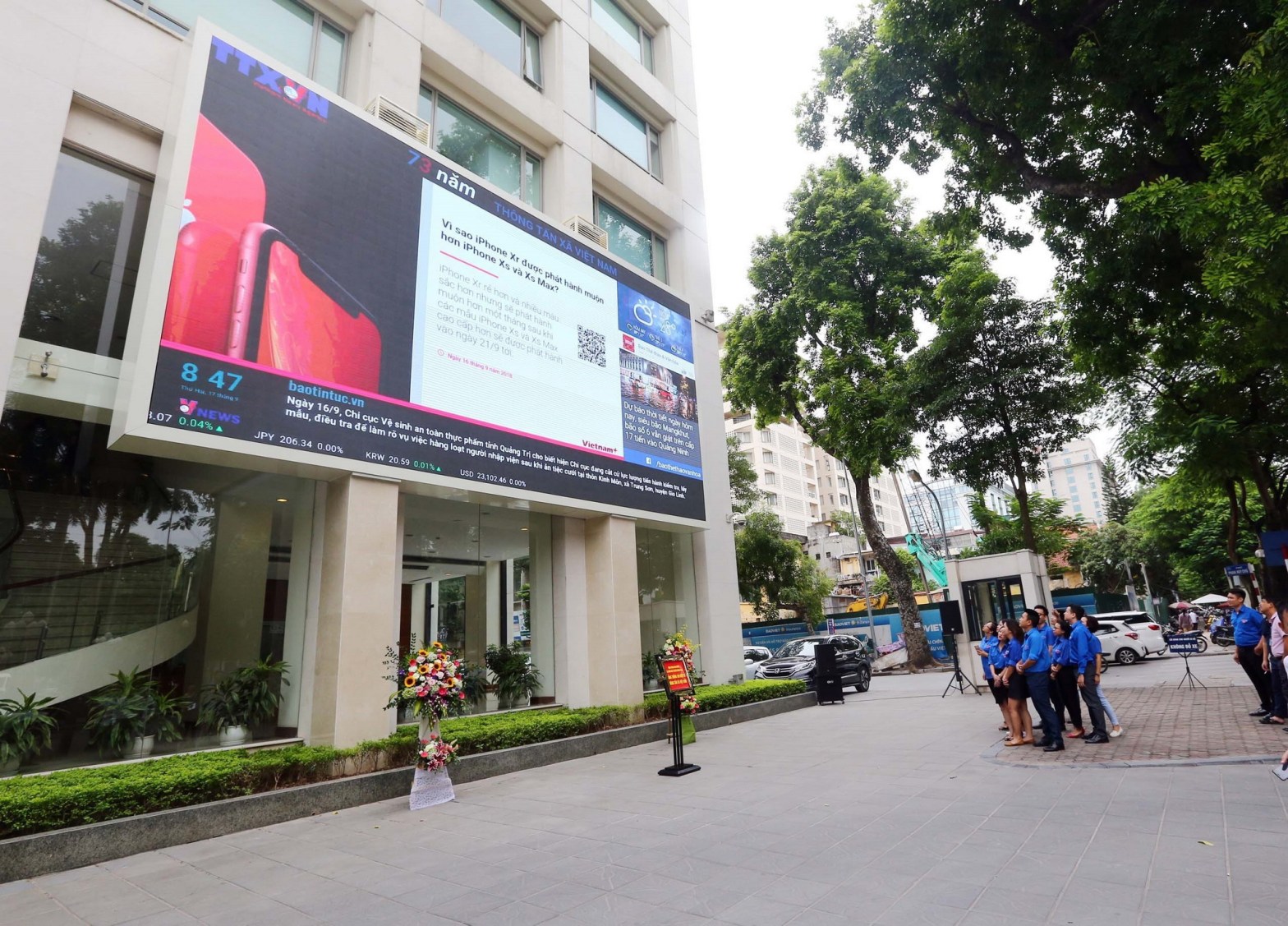Hanoi (VNA) – Since its foundation in 1981, Organisation of Asia-Pacific News Agencies (OANA) has implemented cooperative activities in news exchange, training, experience sharing and building of editing standards and professional ethics, meeting the development trend of journalism.
On the occasion of the 44th OANA Executive Board Meeting hosted by the Vietnam News Agency in Hanoi from April 18-20, OANA members have shared their experience, particularly the use of up-to-date technology, in addressing challenges facing modern press.
INCREASING INTERACTION THROUGH MULTI-MEDIA SERVICES
The years 1994, 1995 and 1996 respectively marked the birth of Facebook, YouTube and Twitter, but it was not until 2010 that those social networks were able to promote the spread of information, mostly thanks to the popularisation of smart phones.
Many technology firms have developed message apps for smart phones, while the numbers of users of Facebook, YouTube and Twitter on smart phones have increased faster than those who used those apps on desktop computers.
According to the Islamic Republic News Agency (IRNA) of Iran, information products in the era of social networks are short and based on multi-media, therefore they reach recipients in a very short time. In recent years, many social networks have employed a function called “story” which allows fast sharing of concise and multi-media based information among users.
Information products in the era of social networks are short and based on multi-media.
In response to the latest trends among the audience and taking technological developments into consideration, IRNA has increased its active engagement in the web and social networks through its multimedia services.
From April 2018 to March 2019, in a period of 11 months, the agency has published 125,208 photo frames, including both photo reports and images that are attached to news articles. IRNA published 2,881 videos in the same period. The videos have been posted both on IRNA official website and on Aparat—an Iranian video sharing site like Youtube. During that period of time, IRNA also published 294 infographics and 574 audio reports. IRNA Persian page on Instagram has 155,000 followers. This number is remarkable since Associate Press and AFP have 342,000 and 439,000 followers on Instagram respectively. Furthermore, IRNA releases the latest news through Twitter and the Iranian network of Soroush. At the same time, IRNA produces long reports, essays and news bulletins for its specific audience groups. In short, IRNA tries to address the needs of different groups of society via a vast range of products.

DEVELOPING INNOVATIVE CONTENT PRODUCING TECHNOLOGY
To respond to the fast changing media environment, the Yonhap news agency (the Republic of Korea) has developed and successfully put into use robot journalists using Artificial Intelligence (AI) named Soccerbot and Olympicbot.
Soccerbot was Yonhap’s first robot journalist, developed to cover the results of English Premier League (EPL) matches, which generate huge interest in the RoK.

Soccerbot has three stages: The Data Scraping Engine collects data on each match, the Text-Writing Algorithm autonomously organizes sentences from the collected data to construct a full text article, and finally the Article Template polishes the article by dividing phrases into smaller segments and adjusts them by mimicking the text patterns of human journalists. Soccerbot ran from January to May 2018, creating 169 articles on EPL games.
The Olympicbot was an AI-based robot reporter developed to cover news on the 2018 PyeongChang Winter Olympic Games. Olympicbot was able to autonomously interpret the progress of the Games and produce a number of different articles, including upcoming event schedules, match reports, medals tables and, more importantly, even cover relatively unpopular events that were not allocated to reporters for coverage due to time and manpower limits. Olympicbot automatically produced and distributed 1,190 news articles on the PyeongChang Olympics and Paralympics. Yonhap News Agency will continue to invest in developing innovative content production technology
OPTIMISING POTENTIAL OF MODERN MEDIA
It is necessary to take advantage of the potential of the modern media, especially in cyberspace, to attract a larger readership, which is the message that the IRNA brought to the 44th Meeting of the Executive Board of OANA, according to IRNA Managing Director Seyyed Zia Hashemi. He said Asia-Pacific news agencies have to adopt innovative techniques in order to compete with large news agencies in the West and in order to present a correct image of their countries to the world. If OANA members do not plan for the future, they won’t be able to keep up with the mainstream media of the world.
He shared that data-mining has been an effective technique used by IRNA in the past year, adding that it let the agency identify major news trends so they were able to cover better subjects and engage their audiences more successfully.

Interaction among the media and their audience expands the influence of media since the interaction enriches media’s understanding of the context and affects the way they explore subjects, write articles and deliver news to the people, he said.
“We have employed data-mining to explore both classical media and cyberspace at national and international levels. This way, we successfully focused on hottest issues and put emphasis on more significant and appealing topics. I recommend my colleagues in OANA to make use of data-mining techniques to improve their activities,” Seyyed Zia Hashemi said.
DEVELOPING FACEBOOK AND TWITTER PAGES
Meanwhile, the Montsame News Agency of Mongolia said to cope with the shift of new content consumption behavior, focusing on video content and YouTube platform, the agency has successfully broadcasted news content through Twitter and Facebook platforms as from September 2017. Noting that the main criterion for broadcasting information using YouTube.com platform is speed, especially in breaking news, and quality issues, the agency stressed the importance of increasing breaking news and video news. Video news are taken from the original source and there will be no chance to be fake. And it would help to solve such issues as fake news and verified news, and how to win back trust of costumers who often trust basic information, the agency said. To consolidate the position of the OANA member agencies in the global news network, the agency suggested improving the usage of the OANA’s website, increasing the supply of video news to OANA websites, and paying attention to developing Facebook and Twitter pages.

ACTIVELY EMPLOYING ADVANCE TECHNOLOGY
China’s Xinhua News Agency pointed out that from the world perspective, it’s getting increasingly obvious that the news audience have been moving to the internet, especially mobile internet, with the number of global internet users breaching 4 billion. Sun Yong, President of Xinhua’s Asia-Pacific Bureau, said the agency has been working hard to innovate their news products, changing from mainly serving traditional media to various types of users and their different needs. It has rolled out different services for new media and short video media, and increased mobile, visual, intelligent and digital products and so on. Currently, Xinhua produces an average of 100 short videos every day.
Xinhua has rolled out different services for new media and short video media, and increased mobile, visual, intelligent and digital products.
Sun Yong shared that the agency builds technological construction as its core competitive power, and now has a technology team of nearly 1,000 people.
It has established an all-media reporting, editing and releasing platform, combining multiple functions together including planning, news gathering, manufacturing, feed back analysis, and data statistics. The platform is now being used throughout the agency. Xinhua has also built an open news live broadcast “Cloud Platform”. Now more than 3,100 Chinese media organizations have joined the platform, and the agency conducts nearly 400 live broadcasts of various kinds every day. Sun Yong said the agency has cooperated with China’s biggest e-commerce company Alibaba and set up a new media technology company, and launched a “Media Brain” platform, the first-of-its-kind in China that brings cloud computing, the Internet of Things, Big Data and AI technology into news production. On the platform, the news gathering, production and distribution of a video are completely undertaken by machines, and the whole process only takes a few seconds, he said.-VNA

